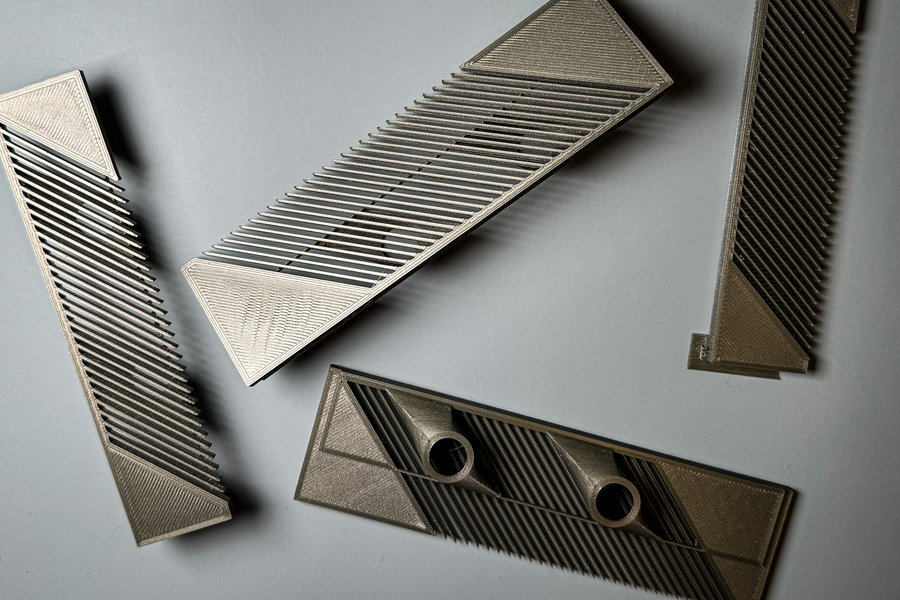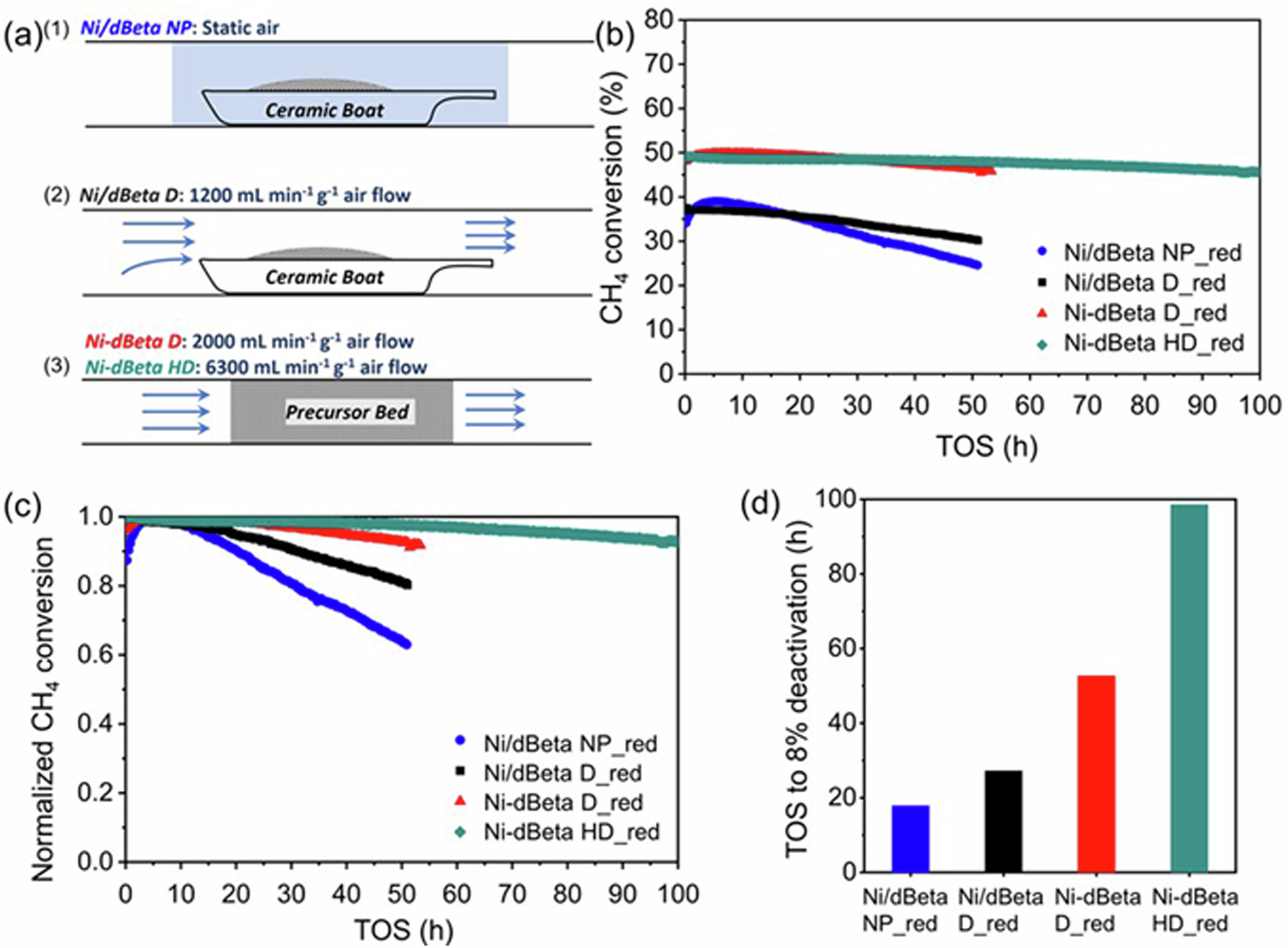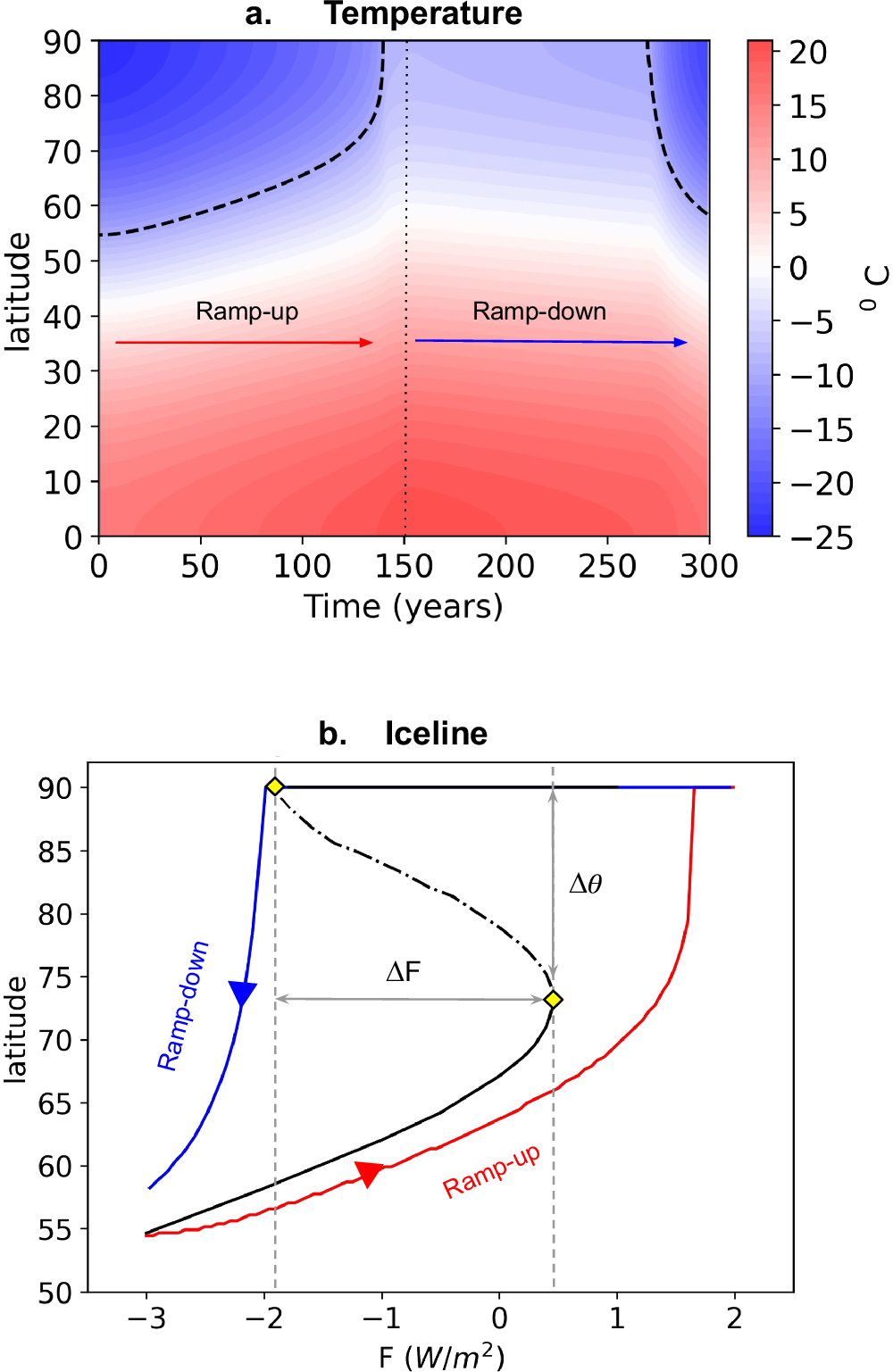2024-11-25 マサチューセッツ工科大学(MIT)
 Engineers fabricated a simple water filter modeled after the mobula ray’s plankton-filtering features. Pictured are pieces of the filter.
Engineers fabricated a simple water filter modeled after the mobula ray’s plankton-filtering features. Pictured are pieces of the filter.
Photo: Jennifer Chu
<関連情報>
- https://news.mit.edu/2024/mit-engineers-design-manta-ray-inspired-water-filters-1125
- https://www.pnas.org/doi/10.1073/pnas.2410018121
モブラ・フィルターにヒントを得た万能リーキー・チャネルの透過性と選択性のトレードオフ Permeability–selectivity trade-off for a universal leaky channel inspired by mobula filters
Xinyu Mao, Irmgard Bischofberger, and Anette E. Hosoi
Proceedings of the National Academy of Sciences Published:November 25, 2024
DOI:https://doi.org/10.1073/pnas.2410018121
Significance
Filtration is essential for healthy modern living and for many industrial processes. In filter design, permeability and selectivity are both desirable and are selected following trade-off analyses. The filtering apparatus of mobula rays resembles industrial cross-flow filters but operates in a different parameter regime. To bridge industrial cross-flow and mobula filtration, we establish a universal framework for the permeability–selectivity trade-off in a leaky channel. This universal framework reveals three regimes each of which exhibits distinct laws governing this trade-off. Using our framework, we demonstrate that the geometry of mobula filters has evolved to strike an elegant balance to accommodate breathing and feeding, and derive design principles, which extend beyond traditional filtration regimes, to guide the creation of mobula-inspired filtration devices.
Abstract
Mobula rays have evolved leaf-shaped filter structures to separate food particles from seawater, which function similarly to industrial cross-flow filters. Unlike cross-flow filtration, where permeability and selectivity are rationally designed following trade-off analyses, the driving forces underlying the evolution of mobula filter geometry have remained elusive. To bridge the principles of cross-flow and mobula filtration, we establish a universal framework for the permeability–selectivity trade-off in a leaky channel inspired by mobula filters, where permeability and selectivity are characterized by the pore-scale leaking rate and the cut-off particle size, respectively. Beyond the classic pore-flow regime in cross-flow filtration, we reveal transition and vortex regimes pertinent to mobula filtration. Combining theory, physical experiments, and simulations, we present distinct features of water permeability and particle selectivity across the three regimes. In particular, we identify an unreported 1/2-scaling law for the leaking rate in the vortex regime. We conclude by demonstrating that mobula filters strike an elegant balance between permeability and selectivity, which enables mobula rays to simultaneously satisfy biological requirements for breathing and filter feeding. By integrating cross-flow and mobula filtration into a universal framework, our findings provide fundamental insights into the physical constraints and evolutionary pressures associated with biological filtration geometries and lay the foundation for developing mobula-inspired filtration in industry.



